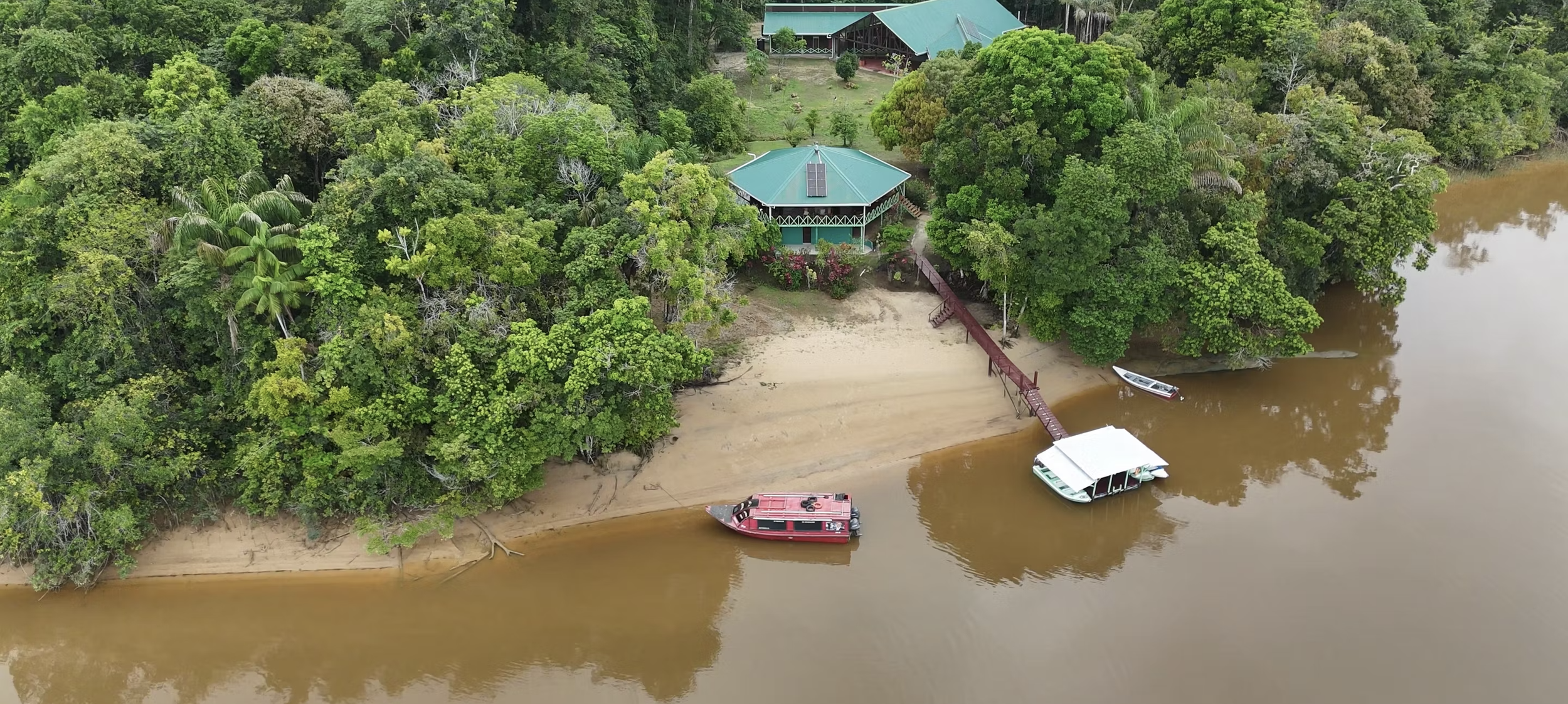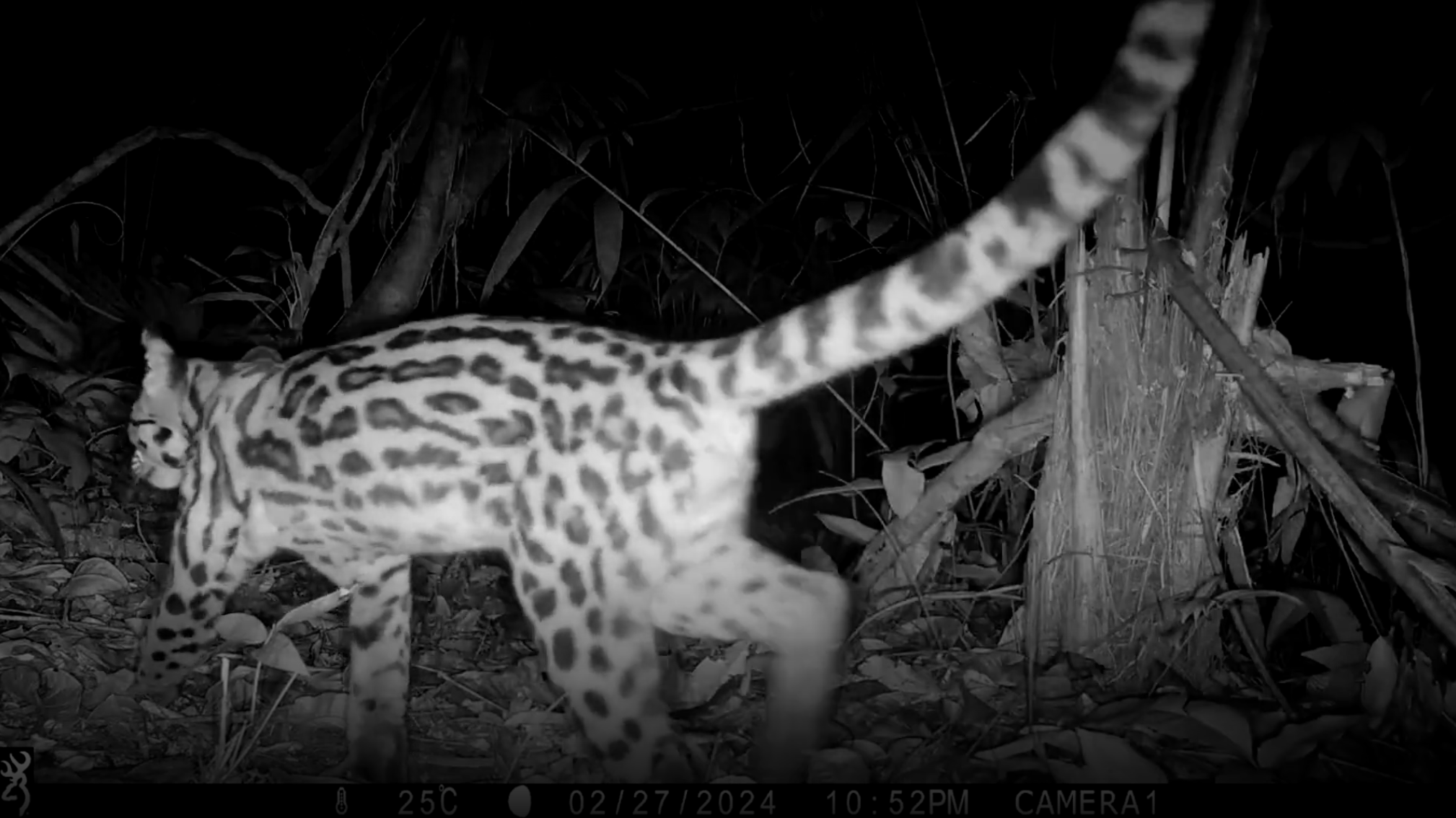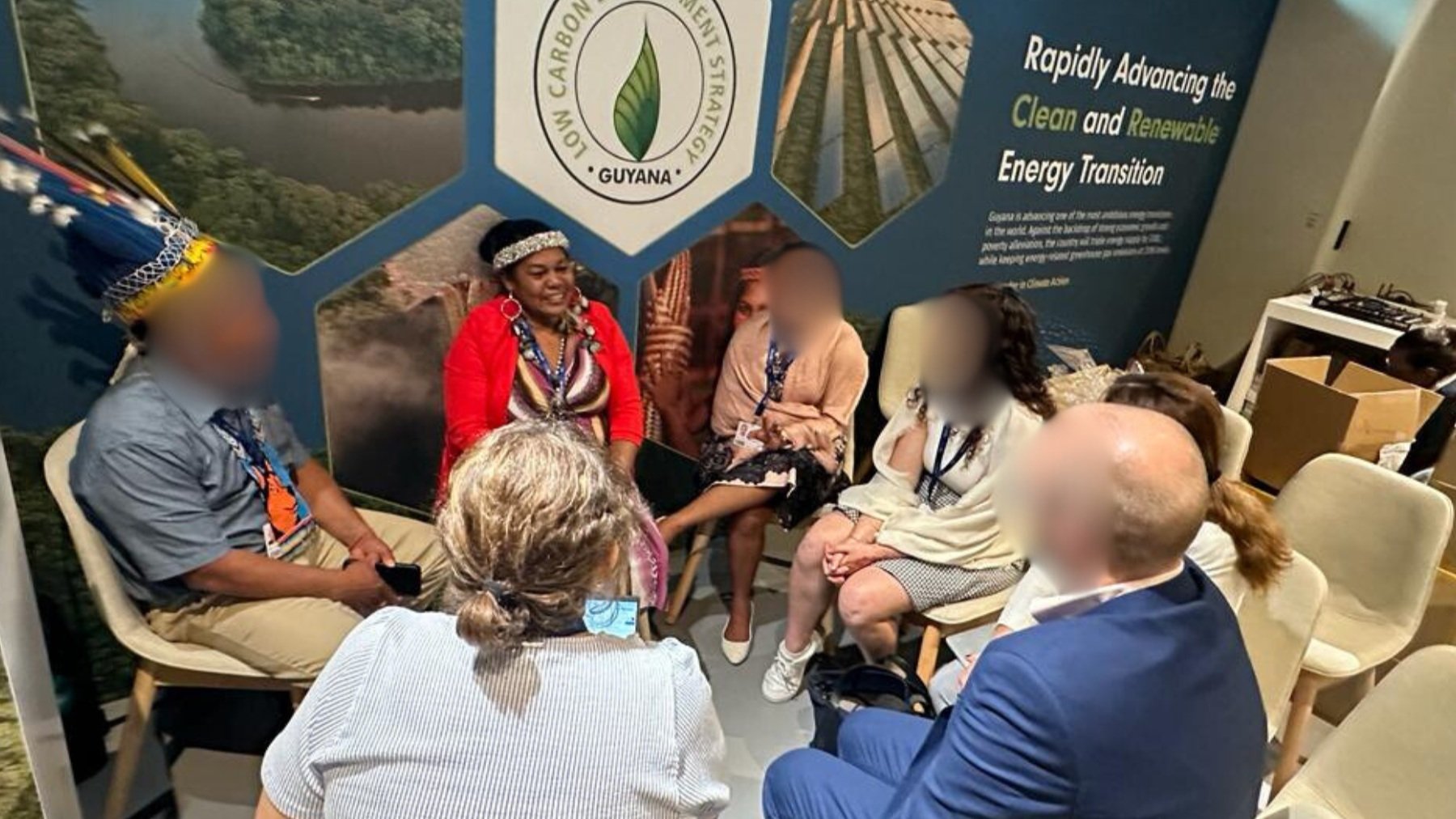
The Sophia Point Rainforest Research Centre exists to help transform science, conservation, and education in one of the last biodiversity hotspots.
We are an accessible research and education centre in Guyana, South America, just over two hours from the capital city.
We enable students from Guyana and overseas to study, understand and champion the rainforest.
We work with the University of Guyana and Amerindian communities to help deliver a more sustainable, equitable future for both people and planet.
Introducing Sophia Point
Spotted at Sophia Point
Latest News

There is no solution to our climate and biodiversity crises, without protecting tropical rainforests.
Our Partners and Supporters









![Jaguar (Panthera Onca) [local name: Tiger]](https://images.squarespace-cdn.com/content/v1/5e7337be5d82f4609cd2464c/acb13c5f-4b2e-41ac-a9ca-6e03e4779a2c/Screenshot+2025-11-13+at+01.30.59.png)
![Lowland Paca (Cuniculus Paca) [local name: Labba]](https://images.squarespace-cdn.com/content/v1/5e7337be5d82f4609cd2464c/ce798680-211b-4f54-acab-07cf3a3661dd/Screenshot+2025-11-13+at+01.49.03.png)
![Collared Peccary (Pecari Tajacu) [local name: Wild Hog]](https://images.squarespace-cdn.com/content/v1/5e7337be5d82f4609cd2464c/a0e19c2f-db5f-4862-b6af-5f9d7f293d96/Screenshot+2025-11-13+at+01.40.19.png)
![Jaguarundi (Puma Yagouaroundi) [Local name: Haka tiger]](https://images.squarespace-cdn.com/content/v1/5e7337be5d82f4609cd2464c/b4baae16-23a3-4e37-87d9-83fe6c0728f0/Screenshot+2025-11-13+at+01.43.05.png)













